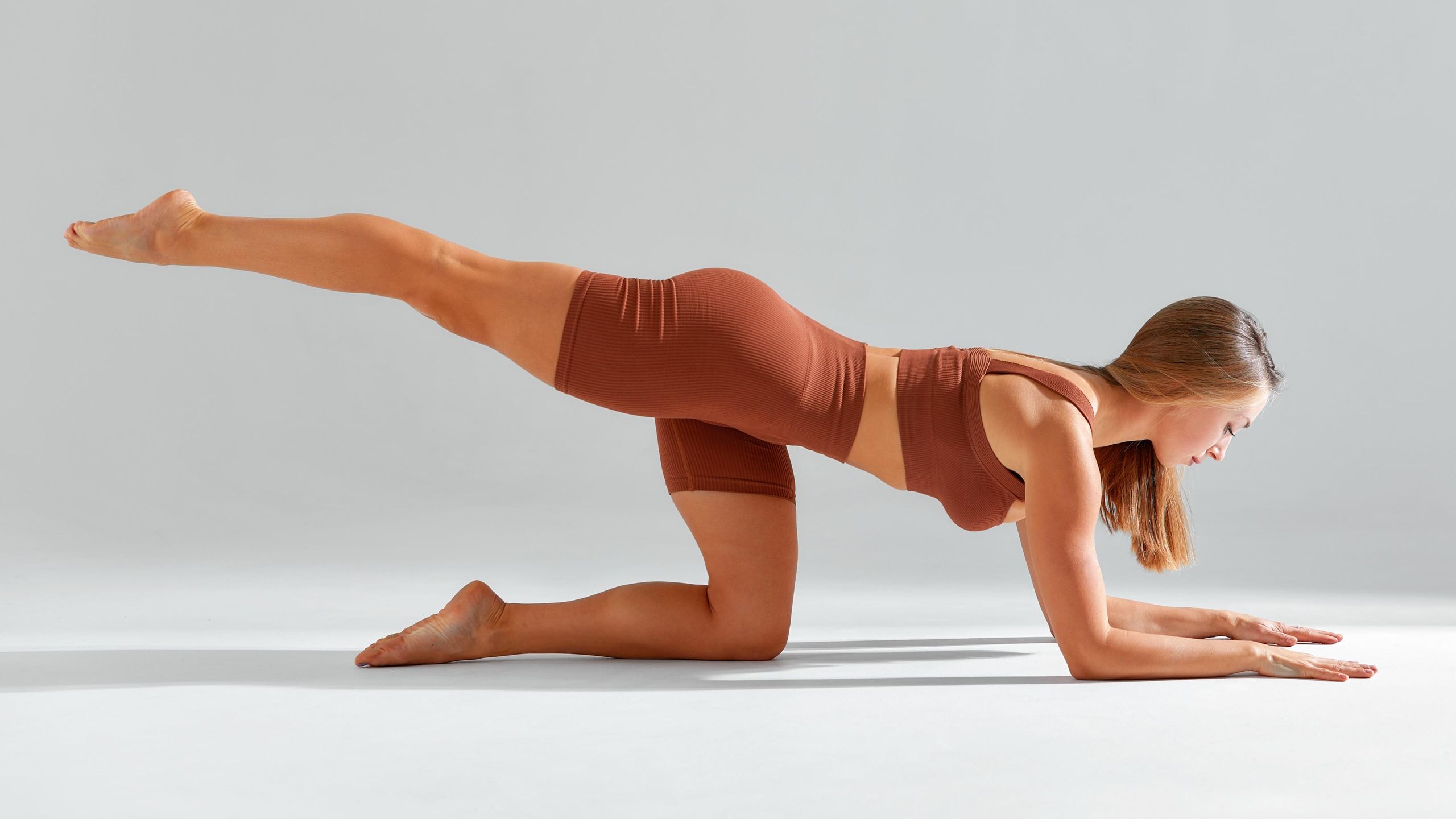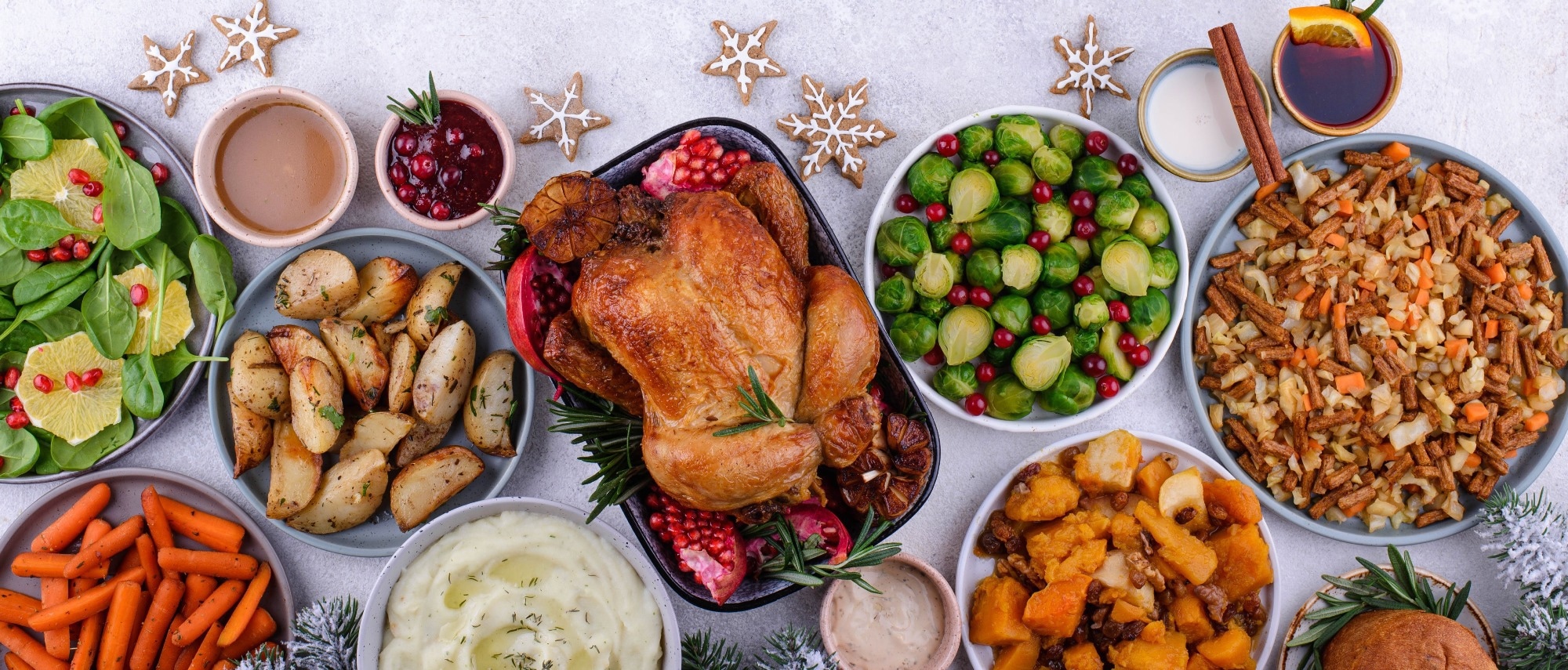10 best free weight exercises for your full body

Free weight exercises – no, not a series of moves using some barbells going spare, but the correct term for exercises using any weight you have complete control over the movement, pace, and purpose of.
In a nutshell, free weights are basically anything you use to do weight exercises with that isn’t a machine or a cable – dumbbells, adjustable dumbbells, kettlebells, medicine balls, barbells or sand bags.
With us? Even if you already knew what free weights are and have access to some, chances are you’re unsure how to use them. Almost 2,000 of you search for free weight exercises every month (along with 2.4k for weights exercises and a huge 8.8k for dumbbell exercises), and there’s a lot to wrap your head around. How many reps or sets are best? How heavy should the weight be? What are the best weight lifting exercises? What exactly is a tricep kickback and how can it fit into a broader workout?
But fret not future free weight aficionados, WH has spoken to the experts, compiled the best free weight exercises to try in 2024 and answered all your FAQs about weight lifting for women. Take note.
9 benefits of free weight exercises
- Builds lean muscle
- Boosts bone density
- Improves hormone health
- Adaptable (can be used for strength-focused resistance training, cardio workouts and circuit training)
- Lowers blood pressure and cholesterol levels
- Stabilises blood sugars (3 o’clock slump, anyone?)
- Easy to scale up or down (heavier or lighter, fewer reps or more)
- Improves your metabolic rate
- Helps address muscular imbalances throughout your whole body
Are free weights better than machines?
- Free weights aren’t subject to single fixed movements
- Machine weights can be fixed to a single movement e.g. a leg press
- Free weights (e.g. dumbbells) can be used in a number of movements and planes of motion
In spite of these fundamental differences between free weights and gym machines, the choice to use either or both really comes down to what’s available to you.
One benefit of a free weights session though, is that they’re fairly compact – be they dumbbells, kettlebells or barbells – so you’ll probably be able to store them fairly easily at home. If you’re into gym workouts, the world really is your oyster.
Is there anyone who shouldn’t do free weight exercises?
Resistance training is a brilliant form of exercise because it’s accessible for most people. You don’t need to use equipment – your own body weight is enough – but you can choose to add free weights if you wish. However, like everything, exercising like this is not suitable for all of us, all of the time. Here’s when you might want to give free weight exercises a miss, or will need to adapt them accordingly.
1. If you have any back, neck, joint or musculature issues
These will restrict your movement, so it’s best to seek out the advice of a movement specialist (a qualified personal trainer or physiotherapist) who’ll be able to help determine the right way to move for your body and what’s appropriate.
2. If you’re pregnant or postnatal
In this case, the types of free weights exercises you do will be very different to someone who isn’t either of those things. It’s essential that you speak with your doctor and a pregnancy-certified personal trainer or fitness instructor to determine the weights exercises that are safe for you to perform.
3. If you’re recovering from an injury, operation or illness
Here, using free weights might be a big no for a little while at least. Weights, like any form of exercise, are a form of stress on the body. If your body is already under stress trying to recover, adding more might not be the best thing to do. Again, reach out to your doctor to find out what you are and are not able to do during this time.
You’re always better of doing what is safe for your body in the long term, not just what your ego craves in the short.
How should I warm up for a free weights session?
Avoiding injury is key when using free weights and you can reduce your risk with a dynamic warm-up – which, for the record, is absolutely not five minutes to scroll your Insta feed. Instead, your warm-up should mimic the movements to come in your workout is a good approach to take.
For example, say you’re working up to a heavy squat in today’s lower body session, spend a portion of your workout pumping out some bodyweight squats and lunges, first.
Wondering why a dynamic warm-up is best? Well, static stretches can potentially de-stabilise cold muscles before a workout and so should be saved for after your workout.
How heavy should my free weights be?
How heavy your free weights are is totally specific to you. It’ll be dependent on your fitness levels, training history and the purpose of your workout. To help pick the right weight for your workout ask yourself these five questions:
- Can I feel the weight?
- Can I move through this entire exercise with the correct form?
- Will I be able to keep the correct form throughout every rep with this weight?
- Will I be able to complete all sets with this weight?
- Do I feel like I’m being challenged with this weight? (Essential if you’re doing home workouts to build muscle.)
Levelling up as and when you’re able is the key to seeing progress. Not going too heavy, too fast and injuring yourself.
‘Once the exercise gets easier, modify it,’ says PT Dalton Wong. ‘You can increase the weight, add more reps, up the tempo or tweak the exercise. Your body likes the path of least resistance so once it’s used to a plan, it’s time to adapt it.’
How many kg should I lift as a beginner?
If you’re new to training with free weights, go for dumbbells between 2 and 10kg.
How can I start training with free weights?
Providing you don’t fall into any of the unsuitable categories above, and you’ve researched how to pick the right weight for your workout, you can use our round-up of the best free weight exercises below. Run through the whole series with the recommended number of reps and sets for a full-body workout, or choose 4-6 exercises targeting the muscles you are more keen to work.
10 best free weight exercises
Sarah Lindsay, PT and founder of Roar Fitness, has rounded up her pick of the best free weight exercises – all chosen to help you shape, define and sculpt a strong body.
1. Single-arm row
Targets: Back, biceps
Do: 2 sets of 8-10 reps on the left side with a 90-sec rest. Change sides
a) Begin with your right hand and right knee on a bench or knee height flat surface, your left foot stepped out wide and a dumbbell in your left hand, hanging down.
b) With your back in a neutral position and left knee soft, drive your left elbow up, lifting the dumbbell to your torso. Lower back to start.
2. Dumbbell chest press
Targets: Chest, triceps
Do: 3 sets of 13-15 reps
a) Lie on your back on a bench holding dumbbells with arms straight up over your chest. Bend the elbows slowly, bringing the dumbbells in a straight line down to either side of your chest.
b) Without pausing, drive your arms back up. Repeat.
3. Split squat
Targets: Quads, glutes, adductors
Do: 3 sets of 10-12 reps on each leg. Start with your weaker leg
a) With feet and hips facing forwards, start with one foot raised on a step and your other leg a stride behind you.
b) Holding dumbbells, slowly lunge forwards, keeping the knee in line with the toe. Without stopping at the bottom, push back up to the start position. Now swap legs.
4. Seated shoulder press
Targets: Shoulders
Do: 3 sets of 13-15 reps. If you only make it to 11, use a lighter weight. If you smash 15, use a heavier weight
a) Sitting upright on a bench, start with dumbbells held straight above your head. Slowly bend your elbows and lower dumbbells until they are in line with your shoulders.
b) Without stopping, drive straight back up to the start position.
5. Hip thrust
Targets: Glutes
Do: 3 sets of 15-20 reps. Use a 20kg barbell and 5kg weights on each side
a) Sit on the floor, back against a bench or step. Roll a dumbbell (or barbell) onto the front of your hips. With knees bent, shoulders on the bench, drive hips off the floor until your back is parallel.
b) Slowly lower your hips downwards, then drive back up again. And repeat.
6. Dumbbell deadlift
Targets: Back, hamstrings, glutes
Do: 3 sets of 10-12 reps
a) Stand with both feet flat on the floor and a dumbbell in each hand.
b) Keeping your legs straight, bend at the hips to lower your weighted hands towards the floor. Go to just below knee height and then stand straight again. Clench your glutes and core muscles as you do so, Repeat.
7. Step-ups
Targets: Legs, glutes
Do: 3 sets of 10-12 reps on each leg
a) Start with your weaker leg on a step or box and, with or without dumbbells in your hands, step onto it.
b) Without pausing at the top, lower back to the start position, leaving your start foot on the box and then stepping straight back up on the same leg.
8. Seated bicep curls
Targets: Biceps
Do: 3 sets of 10 reps
a) Sit upright holding dumbbells, arms down by your sides, palms facing forwards. Bend arms at the elbow, keeping shoulders still until the dumbbells almost reach them.
b) Slowly lower (3-4 seconds) the dumbbell back down to the start position. Avoid ‘locking’ the elbow at the bottom.
9. Weighted sit-up
Targets: Abs
Do: 3 sets of 15-20 reps
a) Lying on a yoga mat, hold a dumbbell against your chest. Slowly lean back until your back is parallel to the floor.
b) Curl all the way up to a seated position, exhaling and squeezing your abs as you reach the top.
10. Tricep kickback
Do: 3 sets of 12-15 reps on each arm
a) Start standing with a dumbbell in each hand, arms bent at 90 degrees and palms facing each other. Keep a slight bend in your knees. Engage your core and hinge at the waist to tilt your torso slightly forwards. Focus on keeping your spine neutral – that’s no arching or rounding of the back, and tucking your chin slightly.
b) Keeping your arms close to your body, straighten your arms to push the weight back behind you. Bare careful not to flare your elbows or move your upper arm. No swinging! Pause for a moment before reversing the move to bring the weights back to your starting point.
3 free weights workout to try
Got your free weights at the ready and want to crack on? Good on you. Here are three ready-made weights workouts for you to follow. Remember, warm up before and cool down afterwards – it’s highly important.
1.Dumbbell free weight workout with Kelsey Wells
All you’ll need for this workout are a pair of dumbbells and a space big enough to move in. Whether that’s at the gym or at home, you’re in safe hands with mega-trainer Kelsey Wells.
2. Kettlebell free weight workout with Cass Olholm
Sweat trainer Cass Olholm put together this kettlebell AMRAP workout as part of an exclusive 14-day kettlebell workout plan for WH – all you need is one kettlebell between 6-8kg and you’re good to go.
3. 20-minute lower-body workout with Courtney Black
Courtney Black shared this lower-body workout as part of her exclusive 7-day gym workout plan, but it can also be done at home. All you’ll need is a pair of dumbbells, a weight plate and a bench (or a sofa or chair).
Shop free weights for your next workout
Morgan Fargo is a freelance beauty and wellness editor. Her CV includes Women’s Health Magazine UK (and sister publication Women’s Health Australia), Stylist Magazine and more.

Bridie is Fitness Director at Women’s Health UK. She spends her days sweating over new workouts, fitness launches and the best home gym kit so you have all that you need to get fit done. Her work has been published in Stylist, Glamour, Cosmopolitan and more. She’s also a part-time yoga teacher with a habit of nodding off mid savasana (not when she’s teaching, promise).
link



























